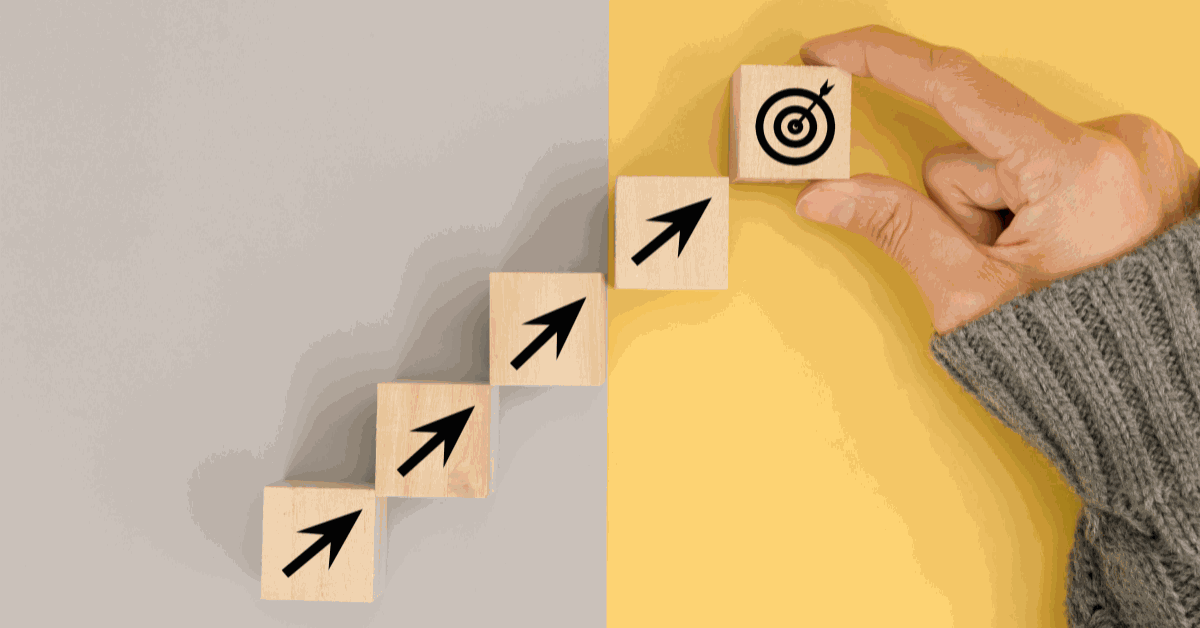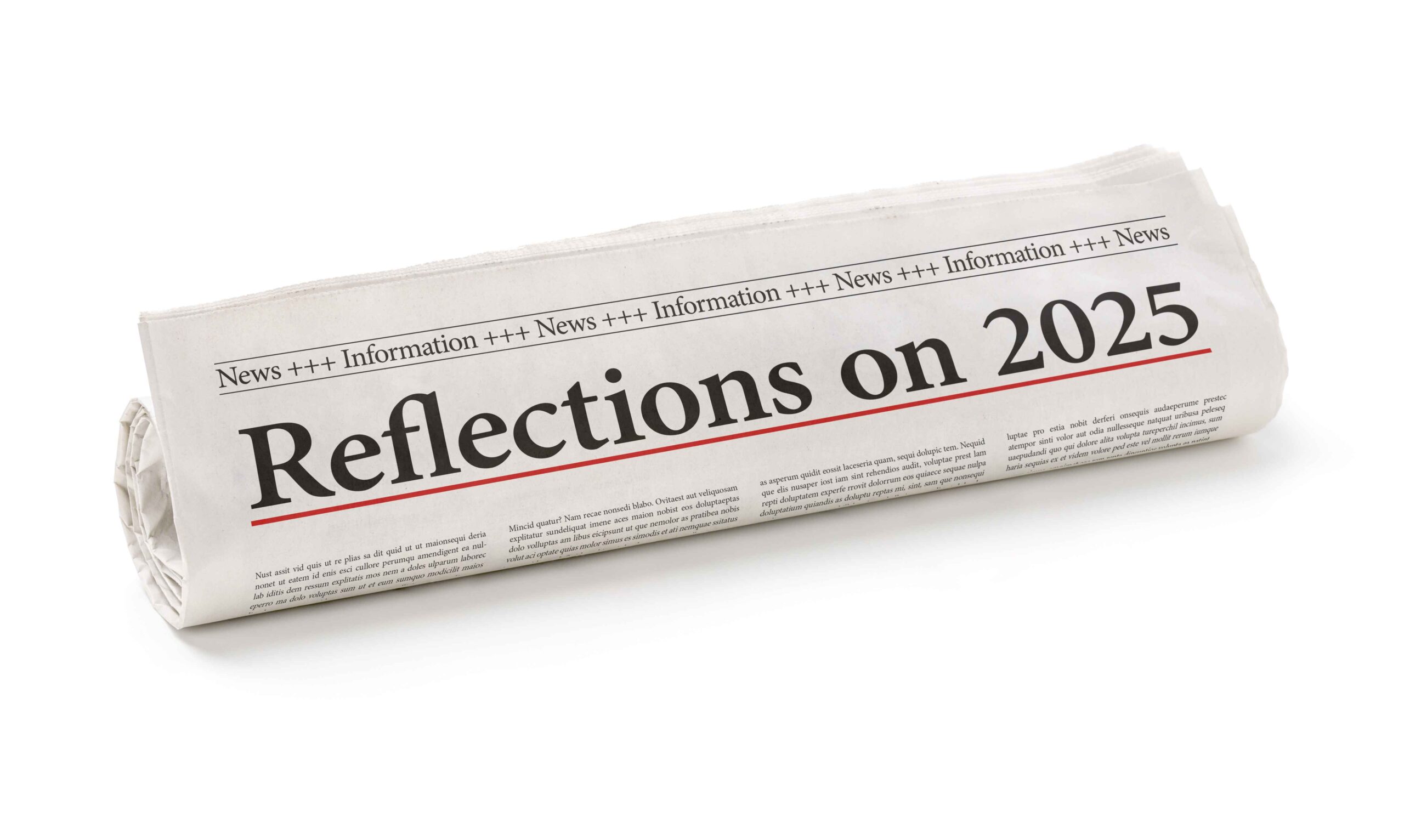In part 1 of this topic, we covered the different types of intellectual property cases and the process that jurors use to evaluate these cases. In part 2, we discussed how invalidity and infringement arguments in IP cases are perceived and the potential appearance of a self-proclaimed “expert” in the jury room. In parts 3 and 4, we cover juror assumptions and misperceptions about IP cases and share some final conclusions.
Differences Are Just “Tweaks”
One of the greatest obstacles to typical infringement defenses is a perception among jurors that the differences between the patent and the accused devices are just “tweaks,” i.e., insubstantial. A lack of comprehension of the subject matter can cause differences between a patent and an accused to device to seem small, insubstantial, or insignificant. As comprehension of the technical issues advances, “smaller” differences become more important and substantial. However, as an empirical finding, research involving various kinds of technology reveals that jurors are apt to dismiss technical differences as “tweaks” that have little importance and, accordingly, find infringement by the defendant. To some extent, this perception may also be grounded on a cynical view that an alleged infringer will take an invention and “design around it” as a sinister attempt to steal technology rather than pay a licensing agreement.
The Face of the Patent
On occasion, during deliberations, jurors will make inferences about a patent based on observations of the face of the patent document or the first few pages. At times, they may come to superficial decisions about the scope of a patent based simply on the title of the patent, the abstract, and/or the drawing of the preferred embodiment. While the true scope of the patent may be much broader, jurors may artificially narrow the scope of the patent based on what is specified in the title of the patent or the drawings that are present in that document. These tendencies can, in some circumstances, allow a defendant to escape a finding of infringement when the accused device is significantly different than the preferred embodiment, its associated diagrams, or the wording in the abstract or title of the patent.
Lack of Appreciation for Duty of Disclosure
When jurors are given the opportunity to decide a charge of inequitable conduct, it is common to find a lack of awareness or appreciation for an inventor’s duties to be thorough, complete or exhaustive in revealing or listing relevant prior art to the patent examiner. We have seen plaintiff jurors rebut defense arguments for inequitable conduct with comments such as, “those things are all accessible to the patent examiner.” In other words, in the plaintiff jurors’ minds, it is the patent examiner’s duty to find and compile prior art, not the applicant’s. In general, there exists a great deal of confusion among jurors regarding who has the duty to reveal prior art in the patent application process.
Confused Duties and Responsibilities
Jurors do not have any idea who has the duty or responsibility to discover infringement. This area of confusion becomes especially relevant when the issues of notice and laches are central to a case. Some jurors believe that it is the patent holder’s duty to discover an allegedly infringing device in the marketplace, while others think that the manufacturer of the accused device has the duty to research the universe of existing patents as a prerequisite to putting the device in the stream of commerce. When the timing of a notice of infringement can make the difference of millions of dollars in the computation of damages, the assignment of these duties and responsibilities becomes crucial.
Outcome of a Hypothetical Licensing Negotiation
In the battle for the determination of a reasonable royalty, there is often a conflict between a theoretical royalty rate, based on an expert’s assessment of the custom and practice in an industry, versus royalty rates that are actually being paid in the marketplace for similar patents that generate similar products. Jurors have a strong predisposition to favor what has actually been put into play in the marketplace over an expert’s theoretical assessment. In short, they tend to eschew abstract considerations of royalty rates in favor of a concrete established track record for comparable devices.
Conclusions
One of the organizing principles that runs through the preceding list of juror perception tendencies is a propensity among jurors to favor the concrete over the abstract, where “concrete” is generally linked to the conduct, behavior or assessment by others with regard to the patented idea. Thus, for example, if utilization or embodiment of the patent has resulted in enormous commercial success, or if licensing agreements with other corporations are numerous, it becomes more difficult to escape charges of infringement.
Jurors also look to the Patent Office for direction: For example, jurors often check for the simple existence versus non-existence of a patent as an “anchor” to “ground” their decisions. If an idea alleged to be prior art was patented, then it is more likely to be considered truly to be “prior art” compared to an idea that was never patented. If what the defendant is doing is covered by a different patent, then a conclusion of infringement is less likely, compared to a situation in which the defendant cannot point to a different patent that covers its accused device. So, in addition to market forces, jurors look to see “where the patents are” and “where they aren’t” as a method to guide their decisions on infringement and validity.
Jurors’ reliance on what the Patent Office has done for guidance has tactical importance for one of the most irksome problems experienced by defendants in IP cases— namely, the tendency for jurors to find differences between the patent and the accused device as insubstantial, or just “tweaks.” Accordingly, one method to make a “tweak” appear to be “large” is to compare it to the differences previously noted as significant by the patent examiner.
Possibly, a review of the file history of the patent in suit or other similar patents could supply jurors with a ruling by the patent examiner that a modification is indeed meaningful or substantial (for example, when a patent is resubmitted with a narrower scope, leading to the ultimate granting of a patent after a previous rejection); then, if this modification could be shown to be comparable or similar to the difference between the patent and the accused device, jurors would be more likely to find no infringement. Another way of saying this is to demonstrate to jurors that the degree of difference between the patent and the accused device is at least as large as the difference that has caused a patent to be approved over prior art.
In short, jurors need a conceptual “scale” to gauge the magnitude of a “tweak.” In their naïve state (which is what one should assume at trial), jurors do not understand the technology and, therefore, see everything as essentially similar. On the other hand, the more they learn, the more they will start to see things as different from each other. However, jurors have a tendency to fall back on the patent examiner’s expertise when their own comprehension fails them. Using this dynamic, one should be able to establish that a certain degree of difference is “good enough” for a patent examiner to grant a patent in a re-examination proceeding; therefore, a similar degree of difference is “good enough” to say that the accused device is different from the patent in suit. Alternatively, one can use arguments derived from what the prosecuting attorney claimed to be significant in the application or re-examination process, and contrast that to what is being claimed later, in litigation, as a means to establish the perceived significance of a “tweak.”
Ultimately, the combination of events, issues, themes, arguments, and the substantive nature of the device(s) at issue is unique to each case. With the amount typically at stake in modern IP litigation, it is imperative to use jury research to ground the trial team in reality and to meet the jury where they are. Thinking of an IP case and judging its perceived merits at the jury level on an a priori basis is extremely hazardous for a trial team that has been immersed in the facts of the case for months at a time. Even if some of the conditions described herein are met (for example, one can point to a patent other than the patent-in-suit that covers the alleged infringing device), that does not necessarily mean that a jury will find in the expected manner (in this example, for the defense on infringement). There are too many moving parts in any IP case to presume which ones will “resonate” at the jury level in the absence of any empirical testing.
Vulnerabilities that arise as a result of “flying blind” into trial are nowhere more apparent than in the area of jury selection. Our experience in going to trial in various IP cases is that credible and reliable profiles of favorable and unfavorable juror typologies are typically absent from the battle plan. This is particularly worrisome in view of the previously discussed phenomenon of the emergence of the “expert” in the jury room who single-handedly changes the entire dynamic of the deliberations. In short, leaving the wrong person on the jury panel can nullify thousands of hours or work and potential damage awards of hundreds of millions of dollars.
The “expert” on the jury panel will not necessarily be obvious to the untrained eye during jury selection. However, the chances of obtaining a favorable jury are greatly enhanced when the proper psychological measurement tools are incorporated into a scientifically designed supplemental juror questionnaire. Voir dire in federal court is often insufficient to collect meaningful information on jurors and, consequently, the same adage applies to jury selection as it does to graphics: You win by out preparing the other side. The development of valid juror profile data through pre-trial research is, therefore, another means to maximize the likelihood of a favorable outcome for your client.
Be confident in achieving superior litigation outcomes. CSI has the expertise, track record, and capabilities to help you win.



